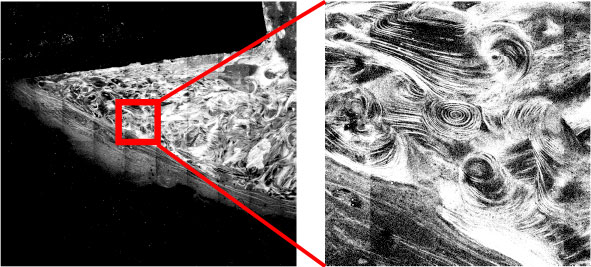Research-1Current Themes
Our final goal is the virtual manufacturing using novel computational methods especially considering uncertainty and/or variability for robust design, determination of a set of process parameters, risk analysis and quality assurance of products. Not only the numerical works but also experimental studies are carried out to obtain statistical data for probabilistic/stochastic simulation. Please also see the pages “JSPS KAKENHI project” and “For foreign students” for recently published journal papers.
1.ADDITIVE MANUFACTURING
Probabilistic prediction before manufacturing and design considering manufacturability
(3D積層造形:造形前の確率的予測と製造可能性を考慮した設計)

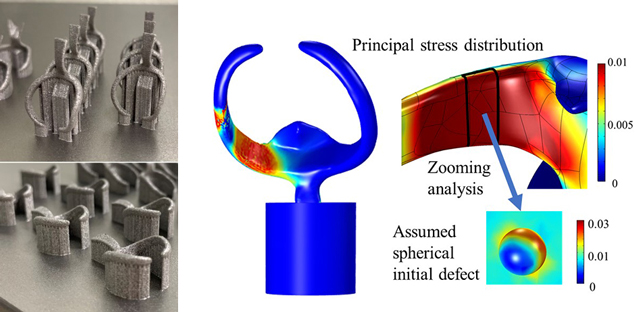
(1) Characterization of variety of metals
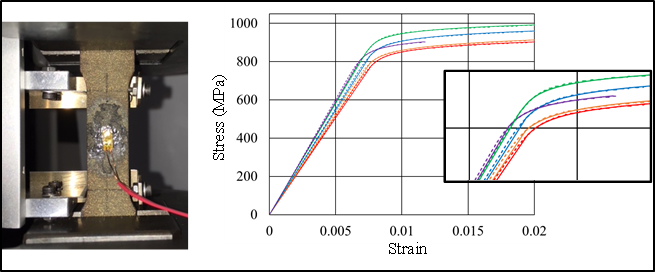
(2) Geometrical imperfections
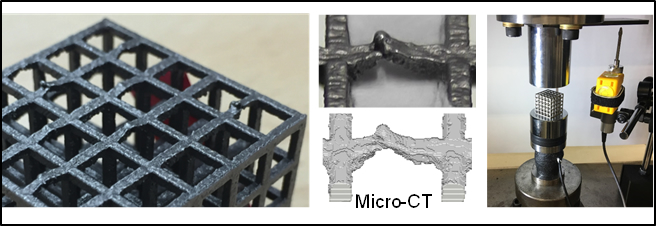
Naoki Takano, Hideo Takizawa, Pin Wen, Kento Odaka, Satoru Matsunaga and Shinichi Abe, Stochastic prediction of apparent compressive stiffness of selective laser sintered lattice structure with geometrical imperfection and uncertainty in material property, International Journal of Mechanical Sciences, Vol. 134 (2017), pp.347-356, https://doi.org/10.1016/j.ijmecsci.2017.08.060.
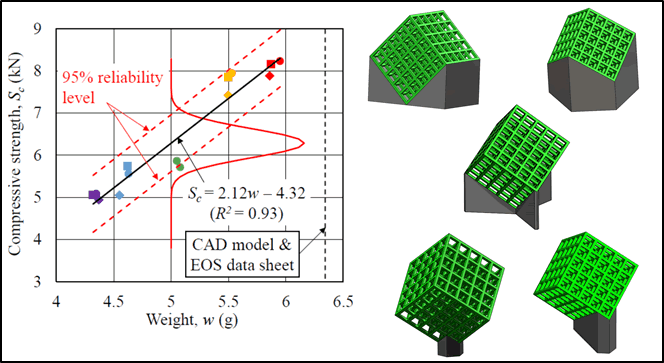
Naoki Takano, Hideo Takizawa, Kohta Ito, Kento Odaka, Satoru Matsunaga and Shinichi Abe, Study on compressive property of aluminum alloy lattice structure additively manufactured by 3D printing technology, Journal of the Society of Materials Science, Japan, Vol. 68, No. 4 (2019), pp.351-357, (in Japanese), https://doi.org/10.2472/jsms.68.351.
(3) Geometrical accuracy and compensation
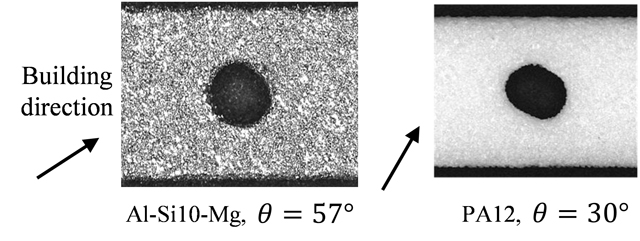
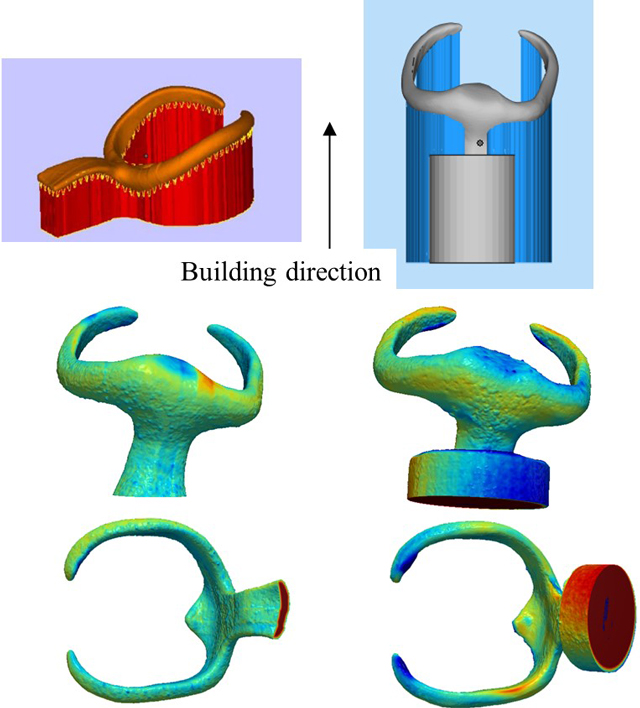
(4) Prediction of fatigue life considering its variability for prosthodontic clasps
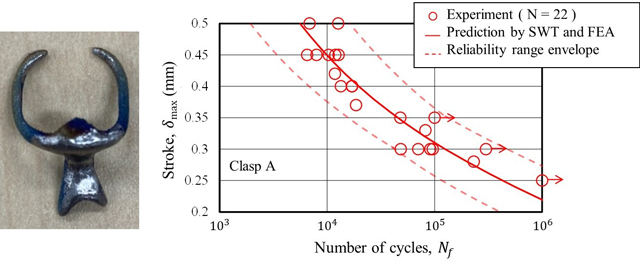
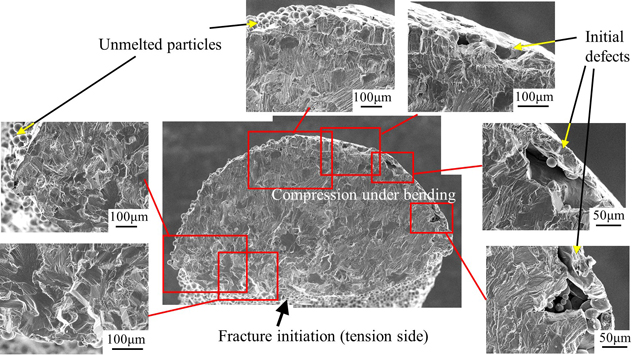
(5) Characterization of porous support with 2D lattice microarchitecture
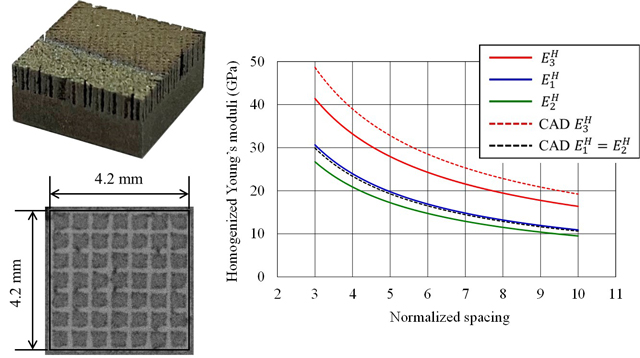
Takumi Oshima and Naoki Takano, Apparent properties of porous support structure with imperfections in metal additive manufacturing, Additive Manufacturing, 84, 104090, (2024). https://doi.org/10.1016/j.addma.2024.104090.
(6) Copper alloy heat sink
Characterization of additively manufactured copper alloy considering temperature dependency, probabilistic heat conduction analysis
considering uncertainty in heat transfer coefficient, design considering manufacturability and assemblability
2. MECHANICS OF ORTHODONTIC ALIGNER
(1) Influence of dental treatment procedures on deformation and strain of aligners
(2) Influence of manufacturing process parameters on mechanical characteristics of aligners
(3) Development of virtual manufacturing methods
(4) Measurement or calibration of temperature dependent properties of PET-G
(Please see the page “For foreign students” for recently published papers)
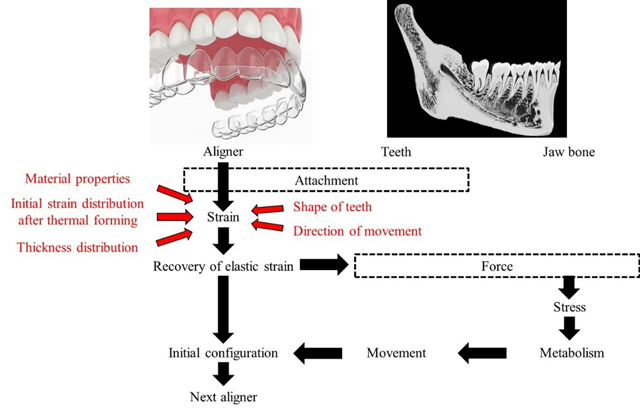
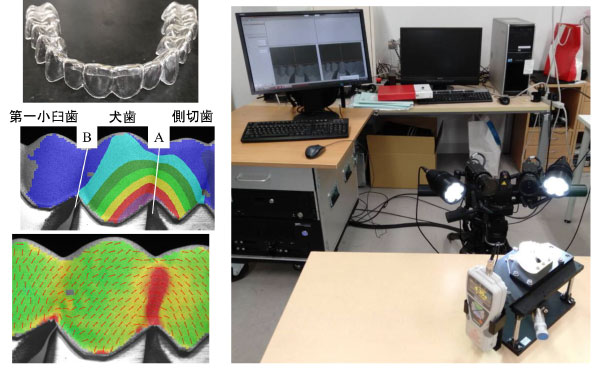
3. BONE BIOMECHANICS
Observation of osteon in mandibular cortical bone by SHG (second harmonic generation) apparatus and its finite element modeling
(SHG装置による下顎皮質骨のオステオンの観察と有限要素モデリング)
SHG apparatus is a new experimental equipment that enables us to observe collagen fibril in human bone with very fine resolution.
